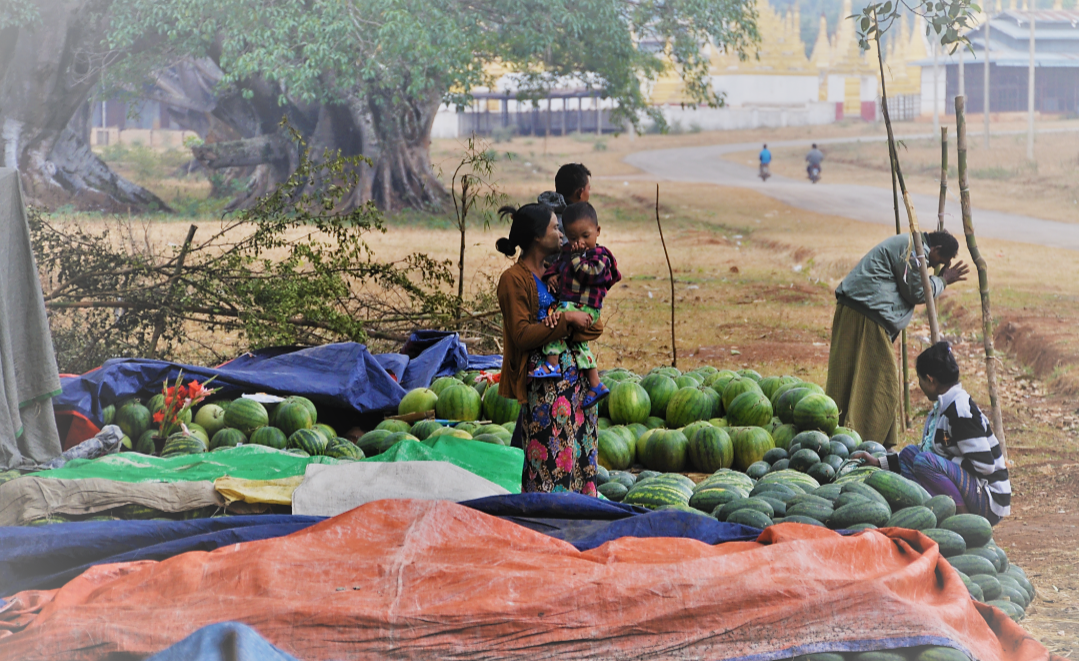“On virtually every global measure, women are more economically excluded than men”, discloses the World Bank’s Gender at Work report 2014, even though growth in many emerging markets is heavily dependent on women. [1] Female entrepreneurs face great challenges when it comes to access to financial services. What Women Want, 3W, is the name of L-IFT’s new financial diaries study with women micro-entrepreneurs which is about to start in Myanmar serving two microfinance institutions (MFI): BRAC and MFIL.
BRAC will use the information from the L-IFT diaries to design improved individual loans. The diaries will reveal what women micro-entrepreneurs’ current pain points and priorities are. Based on this information product ideas will be developed and discussed with the women participating in the research.
MFIL has recently become a deposit-taking institution. They will use the financial diaries to develop both savings for micro-entrepreneurs and new loan products.
Step-wise product development
The project will go through a 7-step process, supporting MFIs to develop appropriate products, test and pilot them and see how the products work out for those using them. This builds on L-IFT’s methods to make financial service providers customer-centric. Click here for more info.
Step 1: During the diaries interviews L-IFT will first get a detailed overview of all respondents’ financial situations, tracking all business and other income, the various business costs, issues around employees, business challenges, access to loans (informal and formal), investments, and savings.
Step 2: Already during early interviews the respondents will be consulted about which type of loans and other financial services would work best for them, and which Terms and Conditions they would consider fair and easy to understand. Based on these first interviews, L-IFT and BRAC will develop rudimentary product ideas.
Step 3: The entrepreneurs participating in the research will then provide their feedback on the product ideas. They will give their views and recommendations on how the product can be useful, how it could best be delivered, how to price it, and how to market the product to clients like themselves. In fact, future users will be consulted about how to define the best repayment schedule, fair interest rates and fees, how to make these understood to users, and how to design incentives for timely repayment (e.g. fines or bonuses). They will also be informed about how users themselves can become involved in awareness-raising of these new products.
Step 4: Based on that feedback the first version of the product will be designed and will then be tested with a few of the respondents, either in a test mode or as a real product.
Step 5: With the experience of the first version, the product’s beta version will be designed and offered to all the research respondents. Of those research participants who apply for the product and are eligible, a random group will get the test version of the product. Those who applied and fit the loan criteria but did not get the product will serve as a comparison group to evaluate whether the product has positive effects on the financial situation of the product users.
Step 6: After 3 months of usage L-IFT will conduct the first evaluation of the product’s success and shortcomings. Based on these findings BRAC and L-IFT will design a final version of the product.
Step 7: The product will then be offered to BRAC’s eligible clients as a whole.
Measuring the impact of the new product
The L-IFT diaries will not only serve for product development. The first roll-out of the new financial product(s) will be assessed according to rigorous scientific methods, to establish the impact and effect of this financial service on the micro-business and their owners. To do so, one-third of those applying for the new loan product will not get the loan. The other two-thirds will receive the loan. Comparing the group with and without the loan will make it possible to see whether the loan actually improves someone’s financial management or resilience.
As long as the allocation of the loan is random, the difference between the two groups can be attributed to the new loan product. Through the diaries, which track both, the intervention and control group’s finances in detail, any differences can be signaled.
Moreover, due to the diaries’ dynamic setup, where interview questions can unfold and be integrated throughout the whole research process, factors facilitating or inhibiting the desired impact of products are efficiently discovered.
Want to follow what we discover? Access our data portal
The data portal is accessible to all active in financial inclusion, from government ministers to university students
Do you want to benefit from the data we collect? Send an email to hyibeltal@l-ift.com and request your access code for the data portal. The data portal is fully anonymous but searchable, meaning that you can access all collected data according to segmentations of your choice, e.g. gender, PPI score (for wealth levels), urban/rural, age, etc. The data portal will present all findings in graphic form. Collected data will be uploaded every two weeks.
By Anne Marie van Swinderen
Founder of L-IFT
[1]http://documents.worldbank.org/curated/en/884131468332686103/pdf/892730WP0Box3800report0Feb-02002014.pdf

